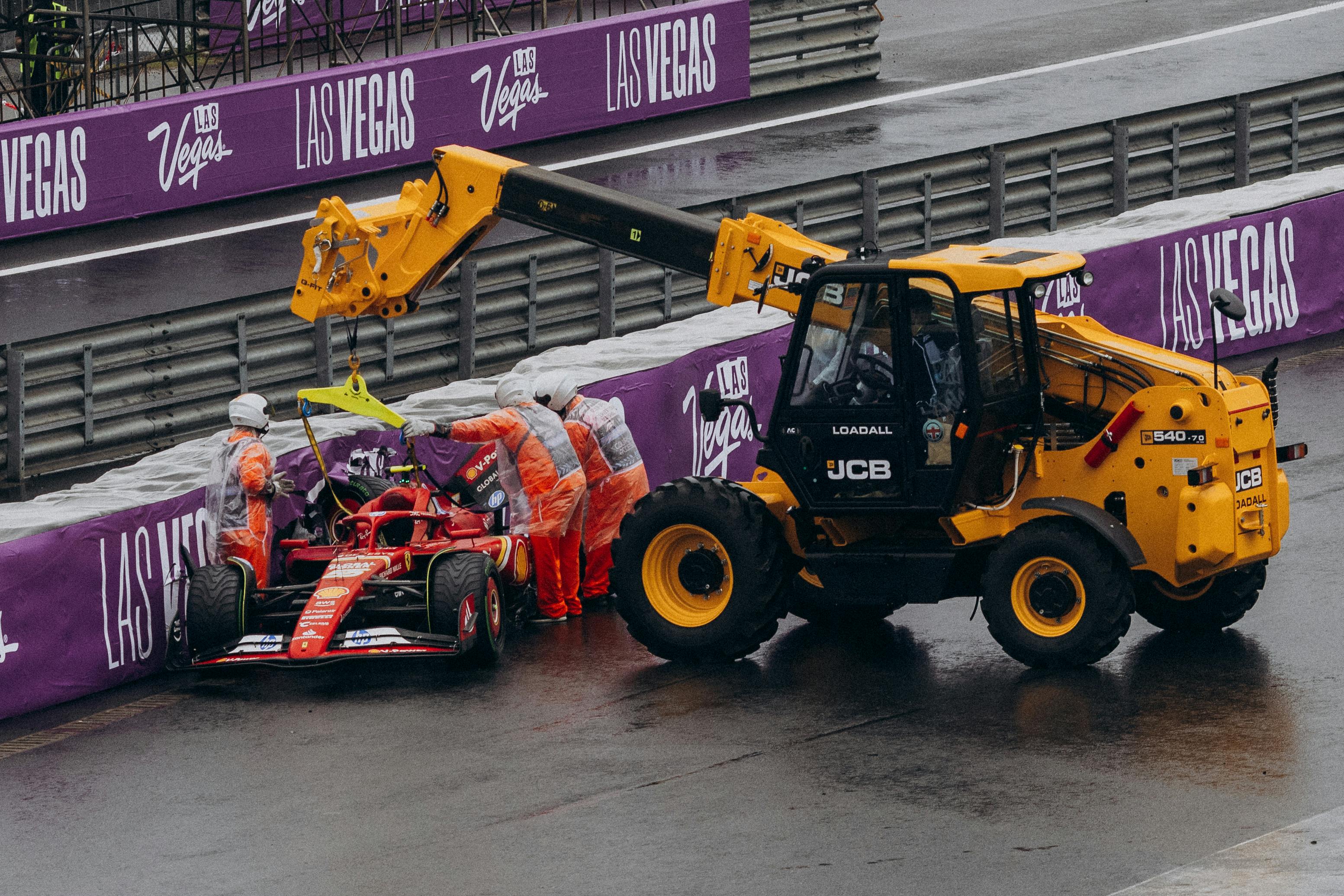
Apply Now


Essential Guide to Improving Your Coffin Comics for 2025
Coffin comics, often a blend of horror, dark humor, and macabre art, continue to captivate readers, particularly those with a taste for the eerie and supernatural. As the popularity of horror comics and graphic novels grows, creators must adapt to maintain their relevance in the ever-evolving landscape of graphic storytelling. 2025 presents new opportunities to innovate while staying true to the eerie aesthetics and unconventional narratives that define the genre. In this guide, we’ll explore several effective ways to enhance your coffin comics, appealing not only to dedicated horror aficionados but also to readers new to the genre. We’ll delve into narrative techniques, character development, and artistic styles that can push your eerie comics beyond the conventional boundaries. Additionally, we'll highlight the importance of engaging with the horror fandom through social media and comic conventions, ensuring your work reaches its intended audience. Key takeaways you can expect to gain include an understanding of comic book art trends, methods for weaving chilling stories with dark humor, and insights into how macabre humor can enhance your spooky graphic novels.Innovative Techniques for Horror Storytelling
Building on the traditional elements of horror comics, innovative storytelling techniques can dramatically elevate the reader's experience. Employing psychological horror, for example, can create a sense of dread that resonates deeply with audiences, transcending typical jump scares and blood-and-gore narratives. One effective method involves the use of unreliable narrators, which can immerse readers in the psychological state of characters. This technique can create an unsettling atmosphere that blurs the line between reality and supernatural occurrences. Additionally, intertextuality is another powerful storytelling device, inviting your readers to draw connections between your work and classic horror literature or films. Incorporating references or thematic elements from well-known works enriches the reading experience, offering layers of meaning that can enhance engagement. Integrating visual storytelling techniques with these narrative strategies can also be a game-changer. Using unique art styles to convey emotions—such as abstract backgrounds during moments of mental duress—can elevate the eerie nature of your graphics. Ultimately, focusing on storytelling through visuals and enhancing narrative arcs can leave a lasting impact on your readers, encouraging them to revisit your comics and share them within the horror community.Mastering Character Development in Macabre Art
Deeply developed characters are crucial in horror comics, as they can evoke empathy and create emotional stakes in even the most chilling tales. Invest time in character studies, exploring their origins and motivations—this allows readers to understand the intricacies of how supernatural beings or undead characters operate. When creating characters, consider employing archetypes such as the tortured soul or the vengeful spirit, but add unique twists to avoid cliches. Subverting expectations—like portraying a ghostly figure with a sense of humor or a villain possessing relatable fears—can make your narratives stand out. Utilizing dialogue techniques can also enhance character depth. Crafting witty banter or eerie exchanges can enrich the tone—helping you to balance horror with humor effectively. Remember to explore character dynamics, using interactions to further complex themes, such as death culture and the fear of mortality. 這種情感連結不僅提升了角色的共鳴,也能讓更深層的社會批判或心理探討在吸引讀者的同時展露出來。 For more insights into character-related strategies, consider viewing [this article on character development](https://example.com).Enhancing Visual Aesthetics in Dark Comics
Visual narrative is paramount in the world of coffin comics, where each panel's imagery delivers powerful messages that resonate with the themes of horror. Emphasizing dark visuals, graphic depiction, and eerie artwork can set the tone profoundly—even before the reader engages with the text. Experimenting with different art styles can create distinct branding for your comics, whether it be quirky character designs or chilling illustrations that draw on gothic and supernatural themes. Creating atmospheres of dread or intrigue hinges on how you manipulate light and shadow within your panels. Additionally, consider integrating symbolism in your art to elevate the narrative—a silhouette of a looming figure can represent impending doom, while intricate backgrounds can offer clues about the character's psyche or the setting’s history. Incorporating fan interactions into your visual strategy can also engender loyalty and excitement. Utilize social media to showcase your artistic process, offering glimpses of sketches and art direction, inviting feedback, and even polling your audience on character designs or upcoming plots. For further exploration on the importance of visual storytelling in comics, check out [this resource on graphic art](https://example.com).Connecting with Your Audience: Marketing and Engagement Strategies
With a solid foundation in storytelling and visuals, connecting with your audience is essential to ensure your comics thrive in the competitive industry. Building a dedicated following requires effective marketing strategies tailored to graphic novels and horror comics. Utilizing social media is vital—platforms like Instagram, Twitter, and TikTok can help you showcase your horror content, engage with readers directly, and share your comic book art. Regularly posting sneak peeks, sketches, and behind-the-scenes content can create buzz around upcoming releases. Participating in comic conventions allows you to interact face-to-face with fans, understand their preferences, and receive invaluable feedback. Creating interactive workshops or panels can even establish you as an expert in spooky narratives, enhancing your reputation within the horror fandom. Consider leveraging online platforms for releasing indie comics, utilizing crowdfunding strategies to gather support for printing or distribution. Emphasize the unique aspects of your work, such as your exploration of horror tropes or dark humor, to cultivate a niche audience passionate about your style. Refer to the link [here](https://example.com) for more insights into building reader engagement.Embracing Trends in Graphic Novels for Horror Comics
Keeping a finger on the pulse of trends in graphic novels can inform your approach to coffin comics, ensuring your work resonates with contemporary audiences. Horror is a genre that continuously evolves, influenced by societal changes, emerging technologies, and audience preferences. Themes like the cultural significance of death and the exploration of supernatural beings are increasingly popular, as seen in contemporary indie comics and thrilling horror anthologies. Being aware of these trends can help you mold your narratives to reflect modern societal themes, such as existentialism or mental health. Additionally, consider genre blending—integrating elements from fantasy, psychological horror, and even humor can create unique experiences that captivate diverse readers. Balancing macabre humor with psychological depth can attract audience engagement while still respecting the horror genre's roots. Staying updated with comic book culture and the latest in horror symbolism can also inspire fresh ideas for your own comic creations. Subscribing to industry newsletters and joining forums can provide insights into what effectively captures the horror market's imagination. By regularly assessing these trends, artists can enhance their work to ensure it remains relevant and compelling in 2025 and beyond.
